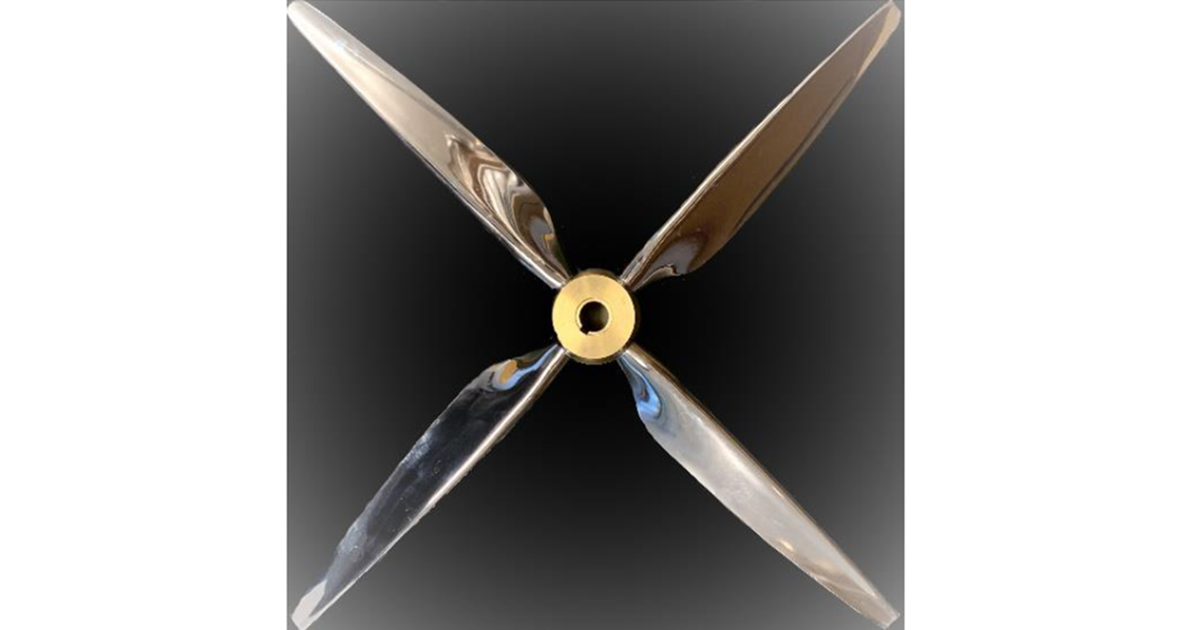Selected Papers from the Seventh International Symposium on Marine Propulsors
A special issue of Journal of Marine Science and Engineering (ISSN 2077-1312). This special issue belongs to the section "Ocean Engineering".
Deadline for manuscript submissions: closed (30 June 2023) | Viewed by 4927

Special Issue Editor
Interests: propulsors (propellers, thrusters, waterjets); cavitation; ventilation of propulsors; rotating marine renewable energy devices
Special Issues, Collections and Topics in MDPI journals
Special Issue Information
Dear Colleagues,
Marine propulsors are key components of the many thousand ships operating in oceans, lakes, and rivers around the world. The performance of propulsors is vital to the efficiency, environmental impact, safety, and comfort of the ships. New types of propulsors, with electric drive and flexible blades, require new knowledge and improved tools. Innovative propulsor types using renewable energy from waves or winds are also becoming commercialized. Rotating marine renewable devices are used to gain energy from the water current. The improvement in computational fluid dynamics opens up new opportunities for advanced design and performance prediction, and new instrumentation and data collection techniques facilitate more advanced experimental techniques. This Special Issue of the Journal of Marine Science and Engineering is devoted to bringing the latest developments in research and technical developments regarding marine propulsors and marine rotating renewable devices to the forefront of both academia and industry. This Special Issue includes extended selected papers from the 7th International Symposium on Marine Propulsors as well as other contributions.
Prof. Dr. Kourosh Koushan
Guest Editor
Manuscript Submission Information
Manuscripts should be submitted online at www.mdpi.com by registering and logging in to this website. Once you are registered, click here to go to the submission form. Manuscripts can be submitted until the deadline. All submissions that pass pre-check are peer-reviewed. Accepted papers will be published continuously in the journal (as soon as accepted) and will be listed together on the special issue website. Research articles, review articles as well as short communications are invited. For planned papers, a title and short abstract (about 100 words) can be sent to the Editorial Office for announcement on this website.
Submitted manuscripts should not have been published previously, nor be under consideration for publication elsewhere (except conference proceedings papers). All manuscripts are thoroughly refereed through a single-blind peer-review process. A guide for authors and other relevant information for submission of manuscripts is available on the Instructions for Authors page. Journal of Marine Science and Engineering is an international peer-reviewed open access monthly journal published by MDPI.
Please visit the Instructions for Authors page before submitting a manuscript. The Article Processing Charge (APC) for publication in this open access journal is 2600 CHF (Swiss Francs). Submitted papers should be well formatted and use good English. Authors may use MDPI's English editing service prior to publication or during author revisions.
Keywords
- propellers
- waterjets
- unconventional propulsors (azimuthing, SPP, rim drive, etc.)
- cavitation
- noise and vibration
- propulsor dynamics
- propulsion in seaways
- propulsion in off-design conditions
- energy-saving devices
- renewable-energy-based propulsors
Benefits of Publishing in a Special Issue
- Ease of navigation: Grouping papers by topic helps scholars navigate broad scope journals more efficiently.
- Greater discoverability: Special Issues support the reach and impact of scientific research. Articles in Special Issues are more discoverable and cited more frequently.
- Expansion of research network: Special Issues facilitate connections among authors, fostering scientific collaborations.
- External promotion: Articles in Special Issues are often promoted through the journal's social media, increasing their visibility.
- e-Book format: Special Issues with more than 10 articles can be published as dedicated e-books, ensuring wide and rapid dissemination.
Further information on MDPI's Special Issue polices can be found here.





